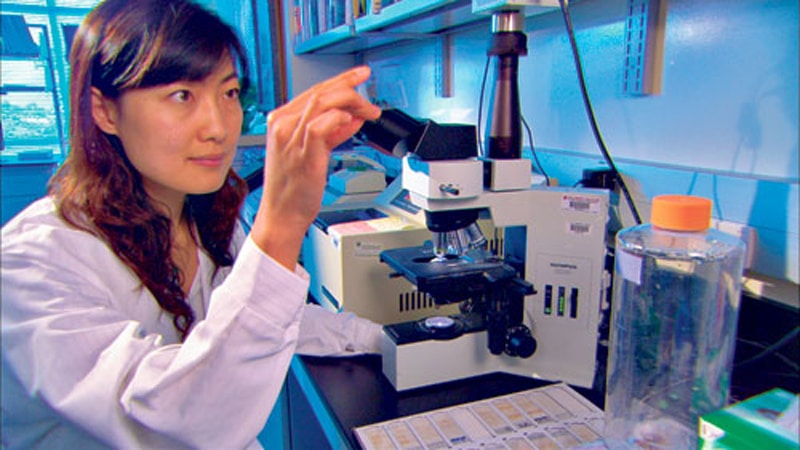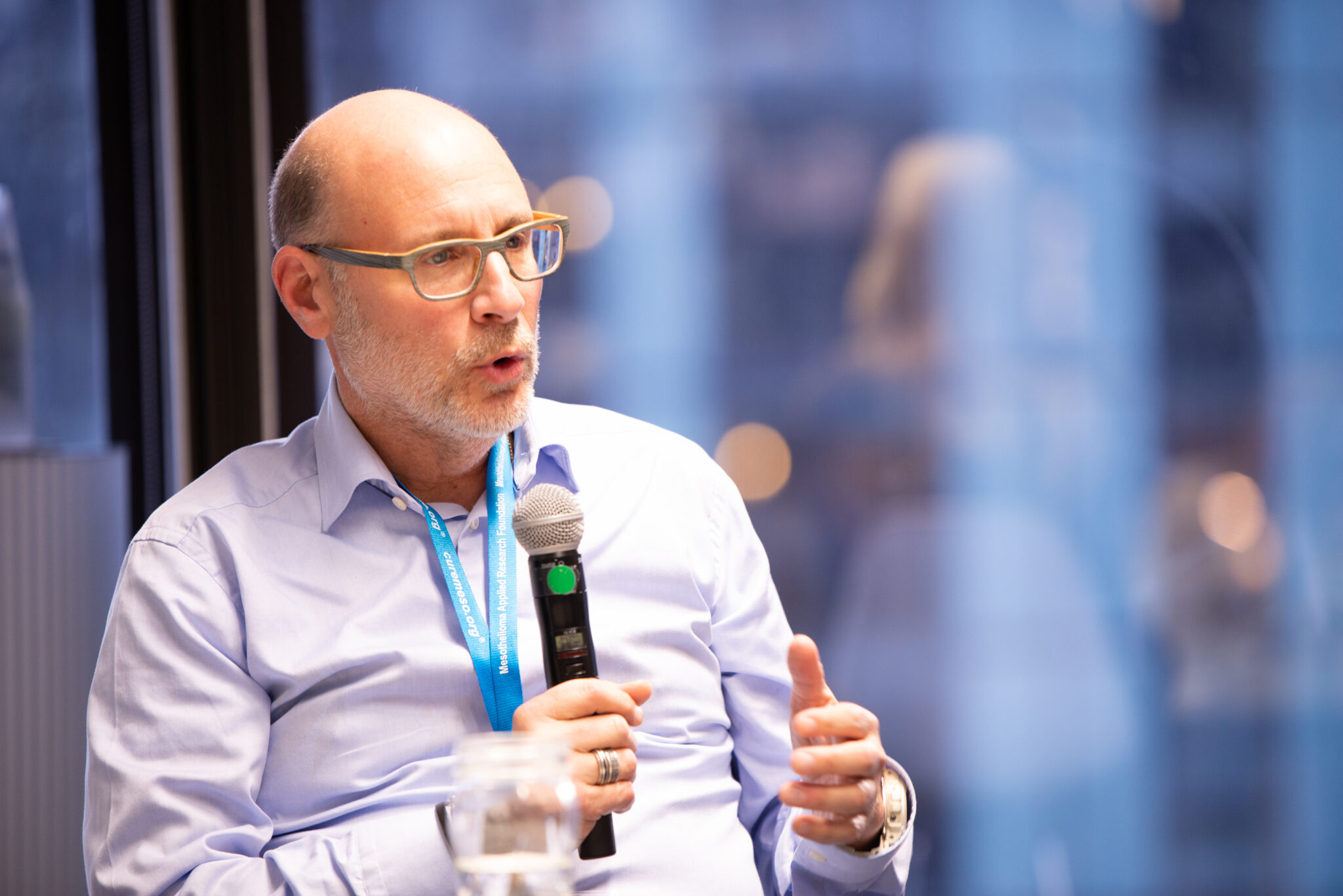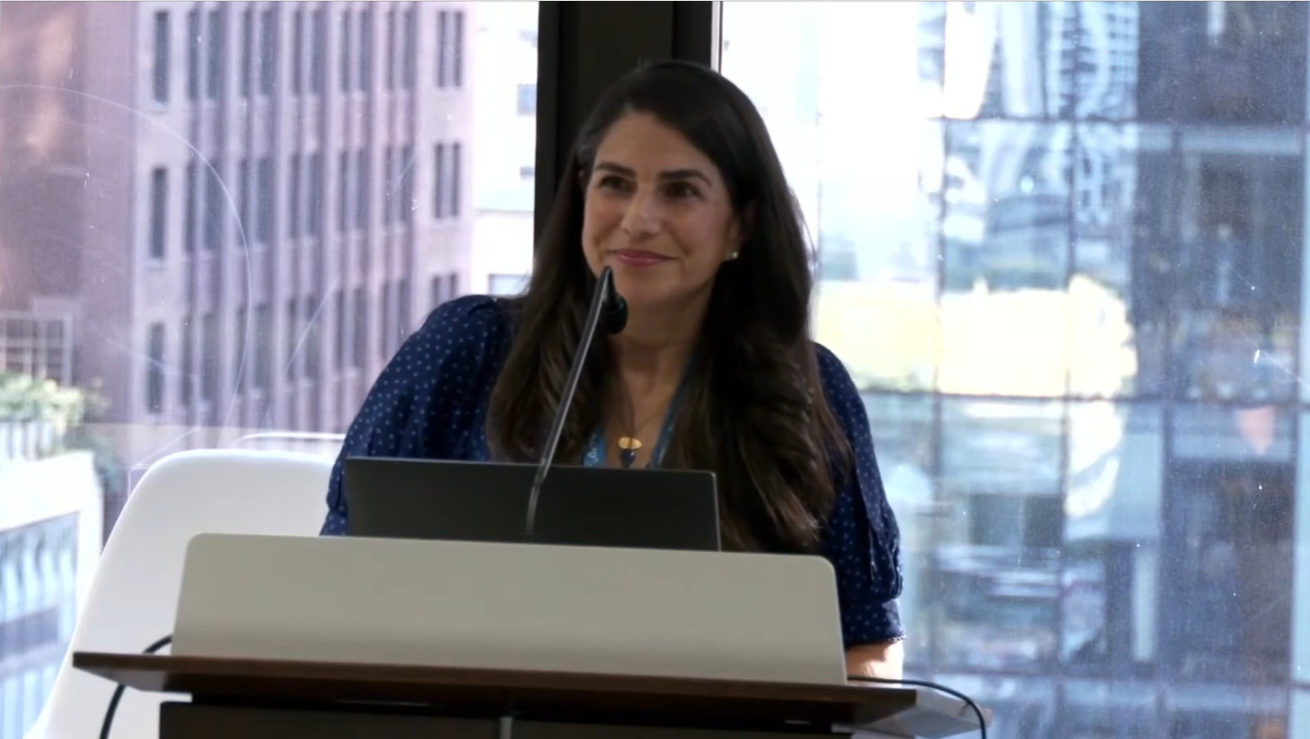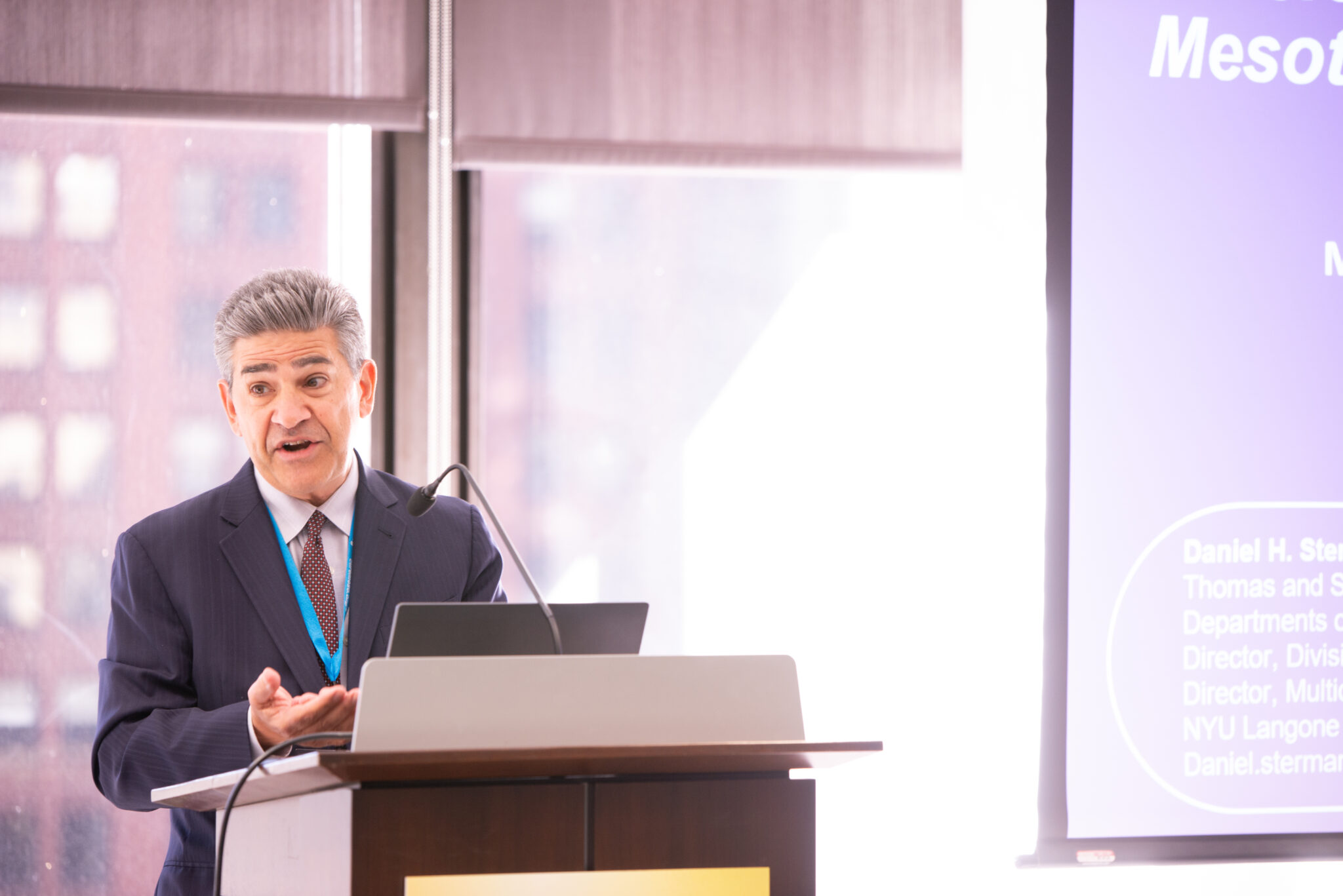Prevention of mesothelioma can take several different shapes. Avoiding exposures to asbestos is one such method. However, while theoretically valid, in reality this method falls short in accomplishing this goal because asbestos is showing no signs of going away. It is present all around us, in homes, schools, government buildings, and in some areas it is even naturally occurring in soil. Globally, asbestos is still mined, produced, and sold. In the United States, chances that many of us have been and will continue being exposed to asbestos are high. Logic tells us that with a latency period of 20-50 years between exposure and disease development, the asbestos has already been inhaled and the damage has already been done. For some of those people, time may be the only thing standing between them and a mesothelioma diagnosis.
But what if we could change that?
What if we could create a comprehensive prevention approach that calls for a global halt in asbestos production and trade, offers education on how to avoid inhalation and ingestion of asbestos, AND also fights mesothelioma on a cellular and molecular level to either prevent disease development after the exposure has occurred, or identify and effectively treat the disease in its earliest stages?
What if we told you that such a plan exists and is already well in the works?
The Mesothelioma Applied Research Foundation has been on the forefront of funding such research. Out of 103 research grants funded thus far by the organization, 34 of them focus on biomarkers/early detection/prevention. Some of the highlights include research into mesothelin, one of the most well-known mesothelioma biomarkers, and also, most recently, Merlin, a biomarker encoded in the NF2 gene (a tumor suppressor gene that tends to be mutated or inactivated in over half of all mesothelioma cases).
But biomarkers are not the only area of research that can help with prevention. Having a better understanding of the role genetics play in the disease-development process can give us clues into which people might be more at risk than others. Recent research into the BAP1 gene mutations has been one such area that the Meso Foundation has been proud to support (learn more). Other research has looked into sequencing of the mesothelioma genome and has analyzed genetic profiles of mesothelioma patients, widening our understanding of who is most at risk, thus giving us an upper hand much earlier in the disease process and treatment.
Clearly, the will and talent to research this cancer exist abundantly, but unfortunately, funding for mesothelioma has always been scarce. For this reason, the Meso Foundation has prioritized advocacy of the federal government to obtain additional necessary funding.
In 2008, the Meso Foundation identified the Department of Defense (DoD)’s medical research program as a potential source of financial support for mesothelioma research. At that time, mesothelioma was not included in the list of eligible cancers. Considering the disproportionate number of military personnel affected by this cancer, the Meso Foundation made the case that mesothelioma should be included. We were successful in our request, and today as a direct result of that advocacy, mesothelioma research has received over $12 million from the Department of Defense (DoD).
Most recently, we learned that mesothelioma researchers at the University of Hawaii have been selected to obtain another $3 million in DoD funding, $1.9 million of which will be used to study HMGB1 as a biomarker for early detection of mesothelioma. Dr. Haining Yang (pictured above), who obtained this funding along with Dr. Michele Carbone, has been funded by the Mesothelioma Applied Research Foundation in 2008 for her study of TNF-a (tumor necrosis factor alpha) as a potential target to prevent the development of mesothelioma in asbestos-exposed tissue, and to treat mesothelioma tumors.
As with all mesothelioma research, progress is palpable and the scientific community can be proud of their accomplishments. However, while this blogpost may be marking the conclusion of this year’s Global Asbestos Awareness Week, our work is far from done. As we continue to focus on all areas necessary to eradicate mesothelioma, we hope you can join us, if you haven’t already. You can do so in whatever way suits you most. Feel free to donate, participate in our community and our events, advocate, share our information and educate others. Every little bit helps and every little bit gets us closer to our mission.





